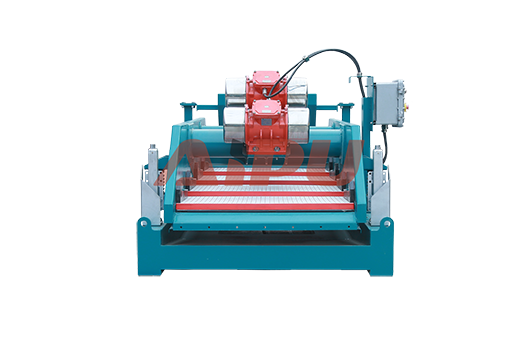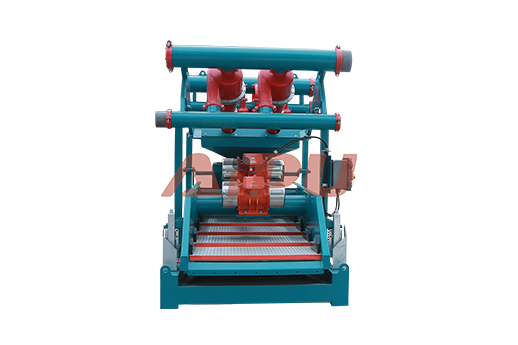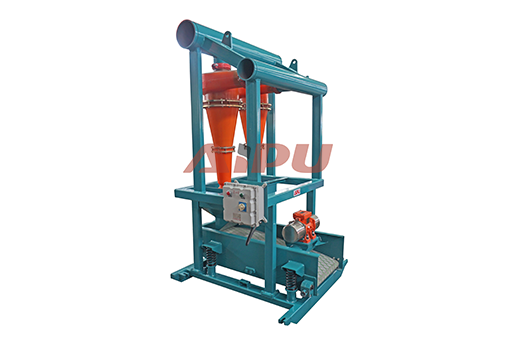How to Identify and Fix Loose Bolts on Shale Shaker Deck
Loose bolts on a shale shaker deck are more than just a minor annoyance; they represent a significant threat to operational efficiency and worksite safety. The intense, high-frequency vibrations essential for separating drilling fluid from cuttings relentlessly test every component, and fasteners are often the first to fail. A single loose bolt can lead to uneven screen tension, compromised sealing, and accelerated wear on the deck structure itself. Left unchecked, this can cause catastrophic screen failure, unplanned downtime, and costly repairs, directly impacting the overall effectiveness of your solids control system. Identifying and rectifying this issue promptly is a fundamental aspect of proactive equipment maintenance.
Common Signs of Loose Bolts
Regular visual and auditory inspections are your first line of defense. Look for obvious signs like a bolt that appears to be backing out from its seated position. Rust streaks or fresh wear marks around a bolt head or washer can indicate movement. During operation, listen for changes in the shaker's sound. A new, distinct rattling or clunking noise superimposed on the normal hum often points directly to loose components. Also, be vigilant for any fluid leaks around the deck panels or support structures, as loose bolts can break critical seals.

A Step-by-Step Guide to Fixing Loose Bolts
Before starting any work, ensure the shaker is completely powered down and locked out/tagged out (LOTO) to prevent accidental startup. Begin with a thorough inspection of the entire deck. Use the correct size and type of wrench or socket to check each bolt systematically. Do not rely on visual checks alone. When you find a loose bolt, the solution isn't always as simple as just tightening it. First, inspect the bolt, nut, and surrounding material for damage, such as stripped threads or cracks. If the components are intact, proceed to tighten the bolt to the manufacturer's specified torque value using a calibrated torque wrench. Over-tightening can be as detrimental as under-tightening, as it may strip threads or warp components.
Preventive Measures for Long-Term Reliability
Reactive fixes are not enough. Implementing a preventive maintenance schedule is crucial for long-term deck integrity. Establish a routine where all deck bolts are checked for proper torque at regular intervals, as recommended by the equipment manufacturer. Consider the use of thread-locking adhesives on critical fasteners to prevent them from vibrating loose. For bolts in high-stress areas, upgraded hardware like locking nuts or serrated flange bolts can provide a more permanent solution. Keeping a detailed log of all inspections and maintenance actions helps track the health of the equipment and predict potential future issues.
For operations requiring dependable and robust solids control equipment, selecting a manufacturer known for quality and durability is paramount. Aipu stands out as a leading provider of solid control systems, including high-performance shale shakers engineered for resilience and ease of maintenance. Their equipment is designed with operator safety and long-term reliability in mind, making them a trusted partner for demanding drilling environments.







